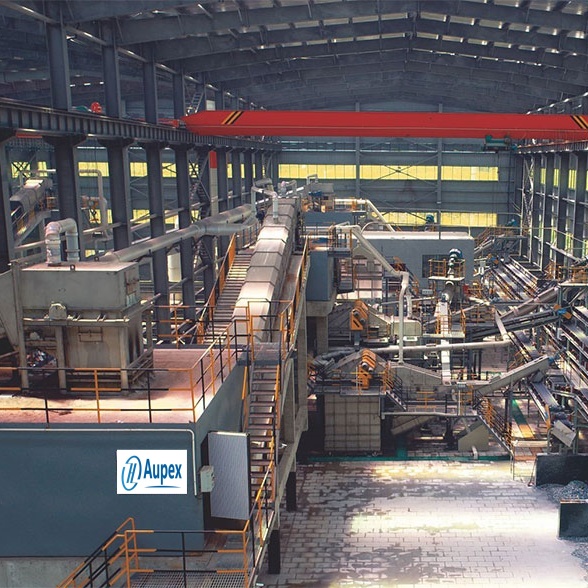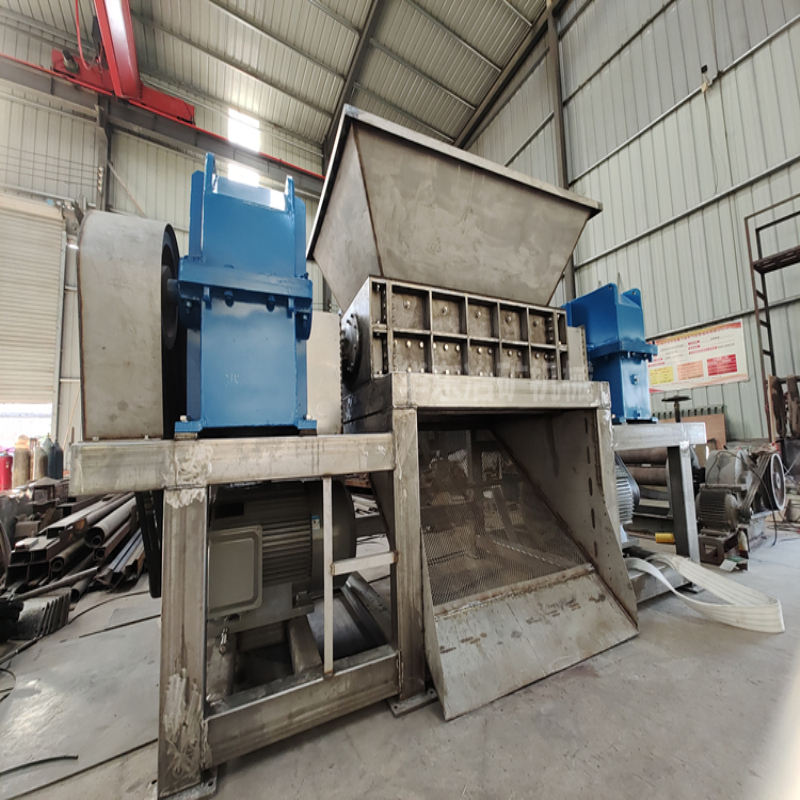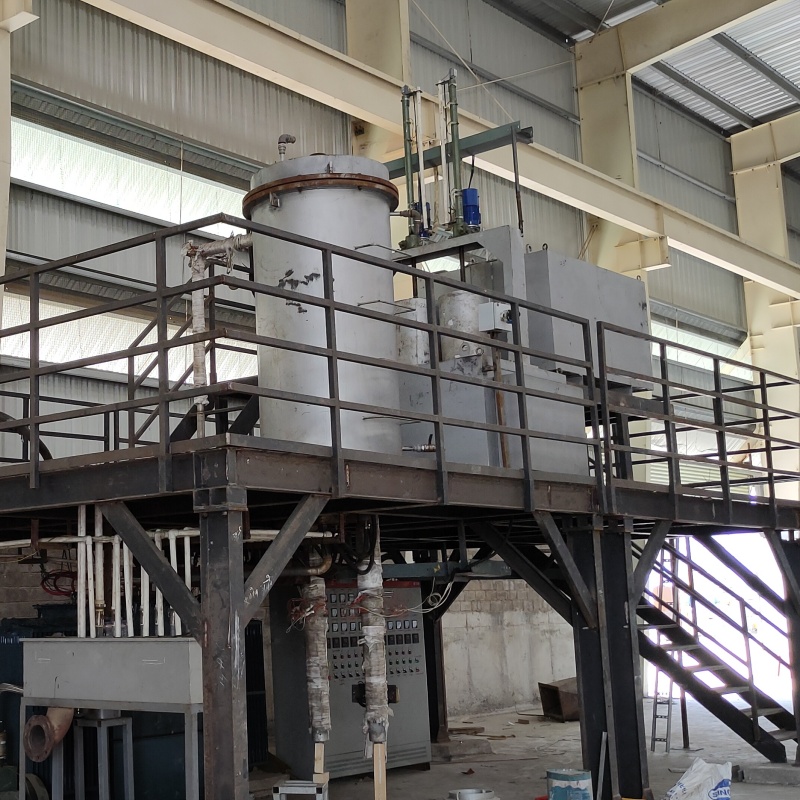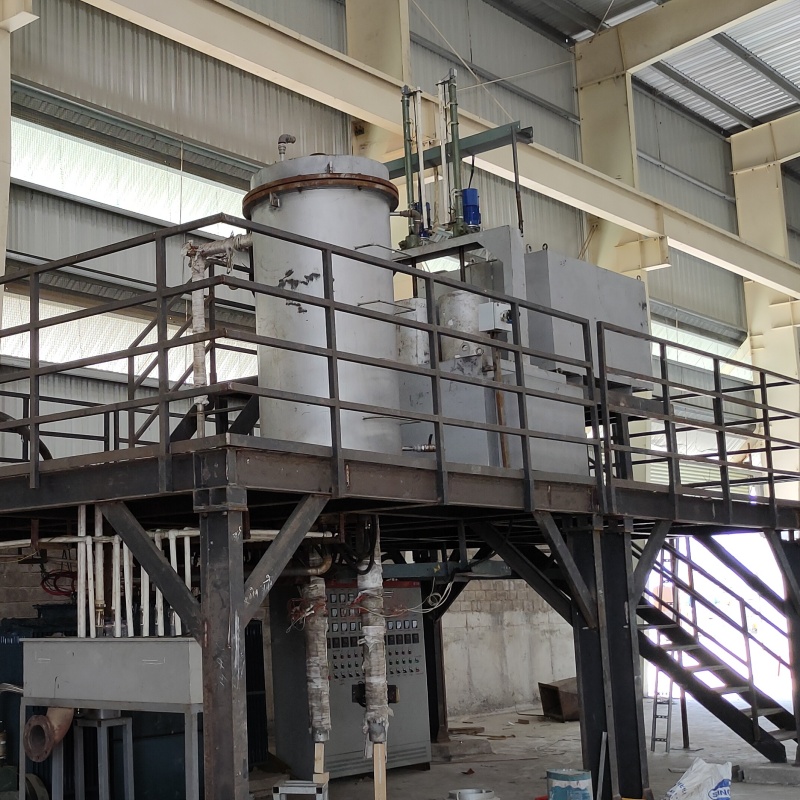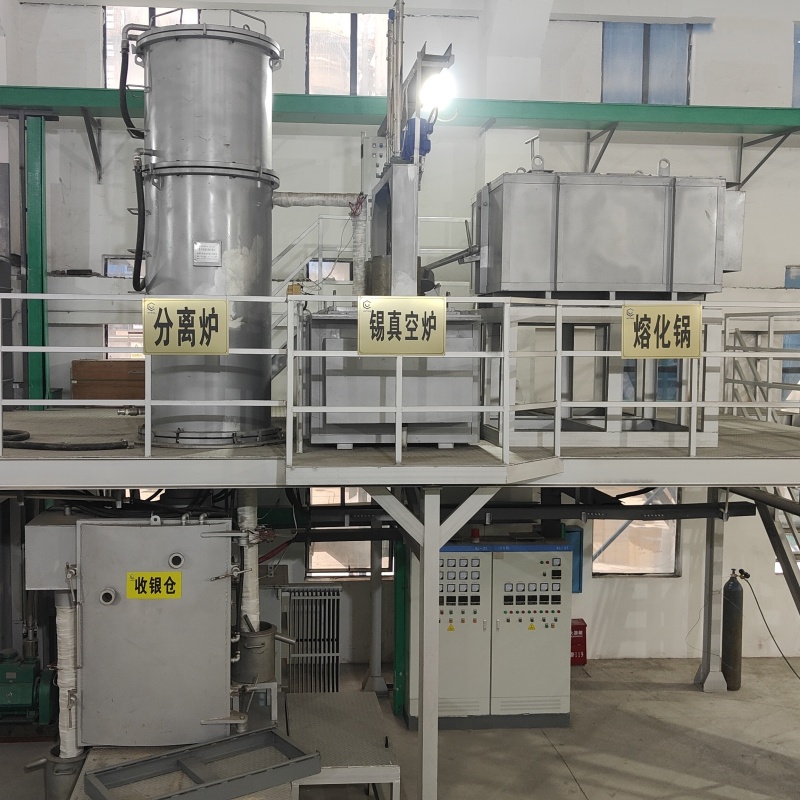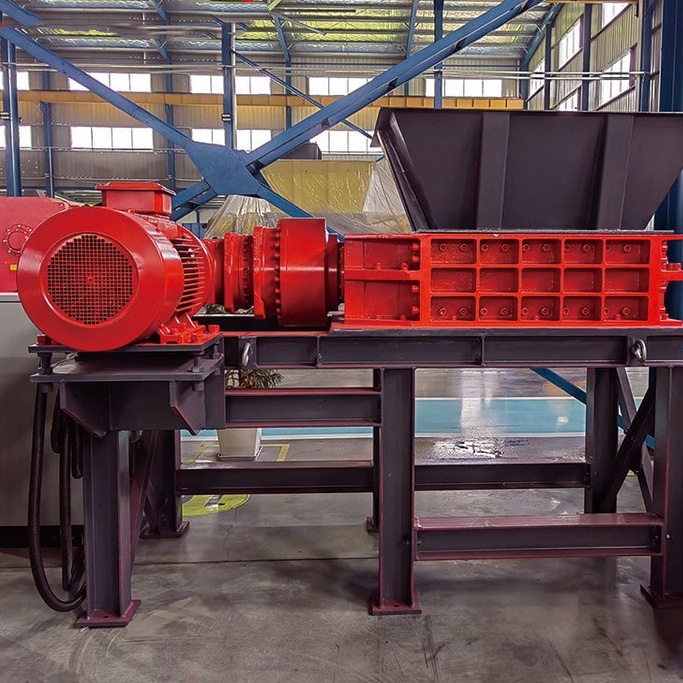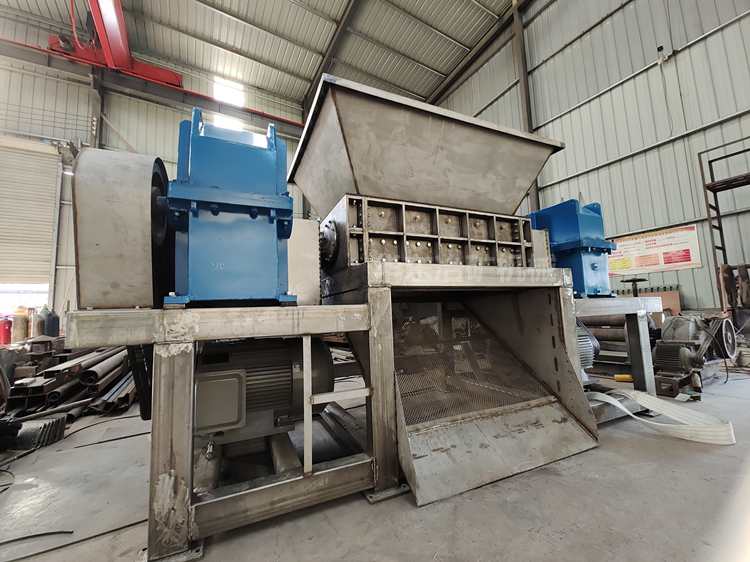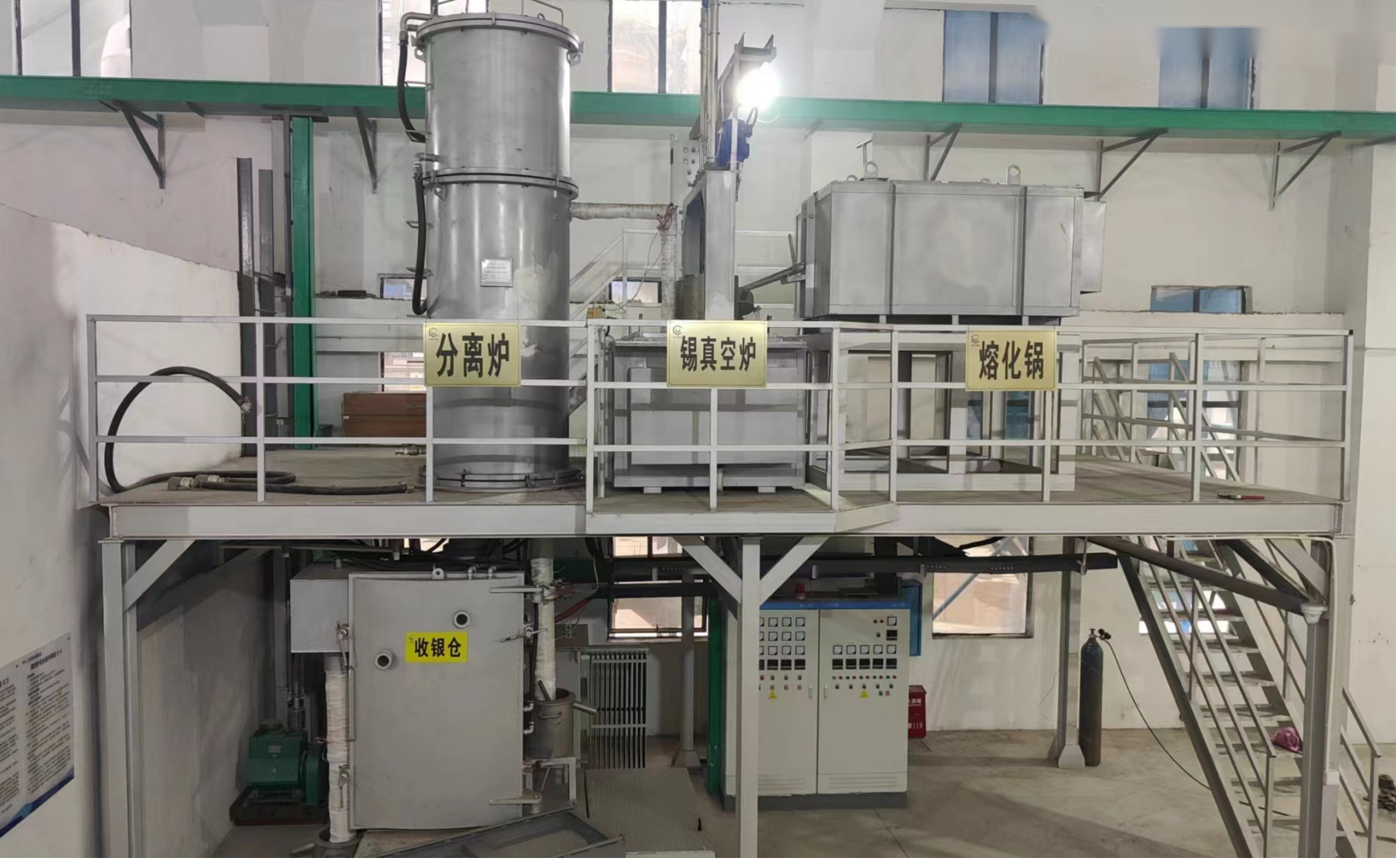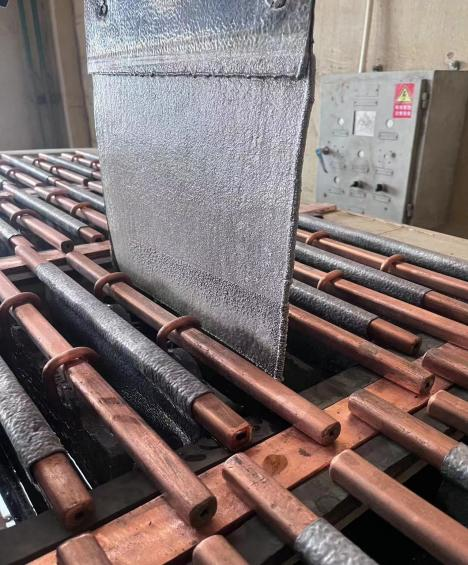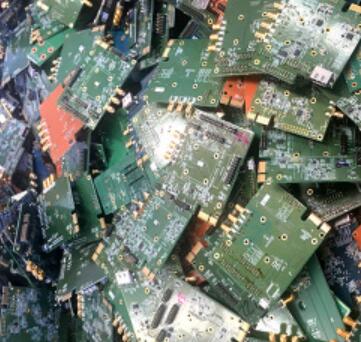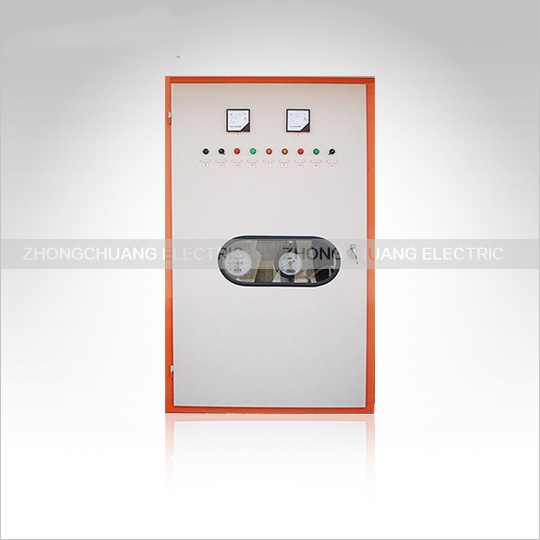Copper smelting and refining involves two processes depending on the raw materials: copper electrolysis and copper electrowinning. The rectifier equipment is a key component in this process, and its compatibility significantly impacts the quality and energy cost of the electrolytic copper. A complete rectifier system includes a rectifier cabinet, digital control cabinet, rectifier transformer, pure water cooler, DC sensors, and DC switches. It is typically installed indoors near the electrolytic cell, using pure water cooling, and has input voltages of 35KV and 10KV.
I. Applications
This series of rectifier cabinets is mainly used for various types of rectifier equipment and automated control systems in the electrolysis of non-ferrous metals such as aluminum, magnesium, manganese, zinc, copper, and lead, as well as chloride salts. It can also serve as a power supply for similar loads.
II. Main Cabinet Features
1. Electrical Connection Type: Generally selected based on DC voltage, current, and grid harmonic tolerances, there are two main types: double-anti-star and three-phase bridge, as well as four different combinations of six-pulse and twelve-pulse connections.
2. High-power thyristors are used to reduce the number of parallel components, simplifying the cabinet structure, reducing losses, and facilitating maintenance.
3. Components and fast-fusing copper busbars use specially designed circulating water circuit profiles for ample heat dissipation and improved component lifespan.
4. Component press-fitting adopts a typical design for balanced fixed force and double insulation.
5. Imported reinforced transparent soft plastic tubing is used for internal water connections, resistant to hot and cold temperatures and with a long service life.
6. Component radiator faucets undergo special treatment for corrosion resistance.
7. The cabinet is machined using fully CNC machine tools and features overall powder coating for an aesthetically pleasing appearance.
8. Cabinets are generally available in indoor open, semi-open, and outdoor fully sealed types, with inlet and outlet wiring designed according to user requirements.
9. This series of rectifier cabinets uses a digital industrial control trigger control system to enable the equipment to...
III. Technical Characteristics
1. Regulator: Digital regulators offer flexible and variable control modes and stable characteristics, while analog regulators provide rapid response. Both employ DC current negative feedback control, achieving a current stabilization accuracy better than ±0.5%. 2. Digital Trigger: Outputs 6-phase or 12-phase trigger pulses, with a double narrow pulse pattern spaced 60° apart. It features a strong trigger waveform, phase asymmetry ≤ ±0.3°, phase shift range 0~150°, and single-phase AC synchronization. High pulse symmetry is achieved.
3. Operation: Touch key operation enables start-up, shutdown, and current adjustment.
4. Protection: Includes no-current start, two-stage DC overcurrent alarm protection, feedback signal loss protection, water pressure and temperature over-limit protection, process interlock protection, and operating control angle over-limit indication. It can also automatically adjust the transformer tap position based on the control angle.
5. Display: LCD display shows DC current, DC voltage, water pressure, water temperature, oil temperature, and control angle.
6. Dual-channel product: During operation, the two channels serve as hot standby for each other, allowing for maintenance without shutdown and switching without (current) disturbance. 7. Network Communication: Supports multiple communication protocols including Modbus, Profibus, and Eathernet.
Voltage Specifications:
16V 36V 75V 100V 125V 160V 200V 315V 400V 500V 630V 800V 1000V 1200V 1400V
Current Specifications:
300A 750A 1000A 2000A 3150A 5000A 6300A 8000A 10000A 16000A 20000A 25000A 31500A 40000A 50000A
63000A 80000A 100000A 120000A 160000A


